Wine connects the Catena to the Rothschilds: enter the new CARO
[ad_1]
- The Rothschilds have been expanding their vineyard interests beyond France for decades.
- The relationship with the Catena and their Malbec began in 1999, about 11 years earlier (1988), when the Rothschilds acquired Vina Los Vascos in Chile.
- In 2008, in cooperation with the Chinese CITIC, the Rothschilds started a vineyard in Penglai, China, located a short distance from Penglai in the center of a protected area of ​​377 hectares.
What is noted and remarkable about the relationship with the Catena company is that Jancis Robinson credits Nicolas Catena Zapata with “… for putting Argentinian wines on the world map”. Larry Stone of the James Beard Foundation has determined that Nicolas Catena Zapata is in the same league as Robert Mondavi in ​​developing the Napa wine scene, “inspiring an entire region to seek a higher level of quality…”
The “Caro” brand is a blend of the names of two families – Catena and Rothschild and the infusion of Rothschild expertise, funding, marketing and other investments has taken Catena wines to another level and to the organization of making the “most elegant wine of Argentina” (Laura Catena).
Looking back. Go forward
Argentina only sells a quarter of its wines internationally. The country is the leading wine producer in Latin America and the fifth in the world. The wine region, in the Andean mountain valleys, is often compared to California’s Napa Valley. The provinces of Mendoza and San Juan, the country’s wine capital, are internationally renowned for Malbec, as well as Bonarda, Syrah and Cabernet Sauvignon. Interestingly, Malbec was once an important wine in Bordeaux until disease and pests caused the grape to decline. The Bordeaux variety was introduced to Argentina by the French in the mid-1800s where it was happy. None of the issues that have plagued French malbec exist in the foothills of the Andes, as Argentina’s vineyards are planted above the line where insects cannot spread and the mountainous plateaus provide copious amounts of uninterrupted sunlight. and powerful.
Argentina’s wine industry has received special treatment from the national government isolating it from the current economic chaos in the country. The government has determined that wineries should be allowed to operate because winemaking is an “essential activity” allowing most wineries to operate uninterrupted throughout the pandemic.
The lockdown increased wine consumption in the country, showing a 7% growth from 2019, when wine sales were around 8.83 million hectoliters, while 8.4 million hectoliters were recorded in 2018. From January to August 2020, wine sales reached 6.21 million hectoliters. Per person, in 2019, per capita wine consumption in Argentina was 19.5 liters per person, up from 18.0 liters per person a year earlier. This certainly made the winemakers happy because Argentina only sells a quarter of its wine outside the country. Wine exports rose 21 percent from January to November compared to a worldwide drop of nearly 6 percent (Instituto Nacional de Vitivinicultura).
The Catena family took full advantage of this exemption (as a food producer) and at the very start of the Covid (March 20, 2020) the staff put on masks and gloves and went to the vineyards to pick the rest of the grapes from an extraordinary harvest.
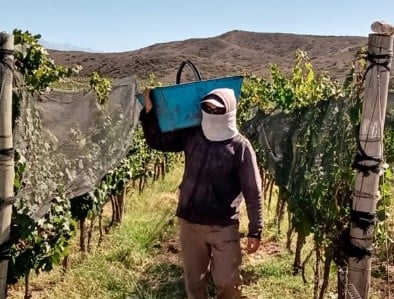
What was a tragedy for other parts of Argentina turned into a positive experience for Caro as on April 1, Drinks International announced that Catena Zapata had been voted the world’s most admired wine brand (2020) by a international group of beverage buyers and wine experts. , including wine professionals from 48 different countries.
Up close and personal
Since the beginning of the 20th century (1902), the Catena winery has been known to have removed Malbec from all vital support and recognized the value of the extremely high altitude terroirs in the Andean foothills of Mendoza, Argentina.
Nicolas Catena, the third generation family winemaker, was the first Argentinian to export a world-class bottle of Malbec with the Catena label. Today, he and his daughter, Dr Laura Catena, continue to expand the reach of their Caro wines. Chief winemaker Alejandro Vigil joined Catena Zapata in 2002
The Andrianna vineyards have an elevation of almost 5,000 feet and are known as the Grand Cru of South America.
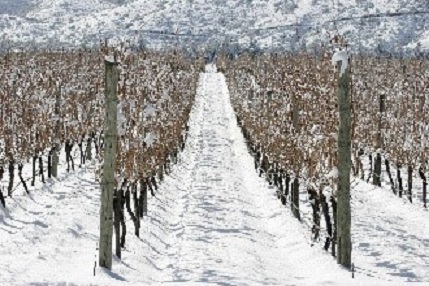
The higher elevation encourages the Malbec grapes to have increased acidity and, as a result, they taste fresher. The thicker skins create very concentrated and flavorful grapes, resulting in opulent wines. The Malbec being full-bodied, lively and full of fruit, the structure and the refined character of Cabernet Sauvignon complete and sublimate the final wine.
The unique grape variety produced by Caro is Aroma with the other wines being blends of two grape varieties, Malbec (packing power, boldness and fruit) and Cabernet Sauvignon (contributing to structure and sophistication).
All Caro wine grapes are hand picked and hand sorted before destemming and crushing, eliminating the possibility of spoiled grapes and tannic stems getting into the mix, creating the perfect environment for a subtle wine. and delicate.
Wines
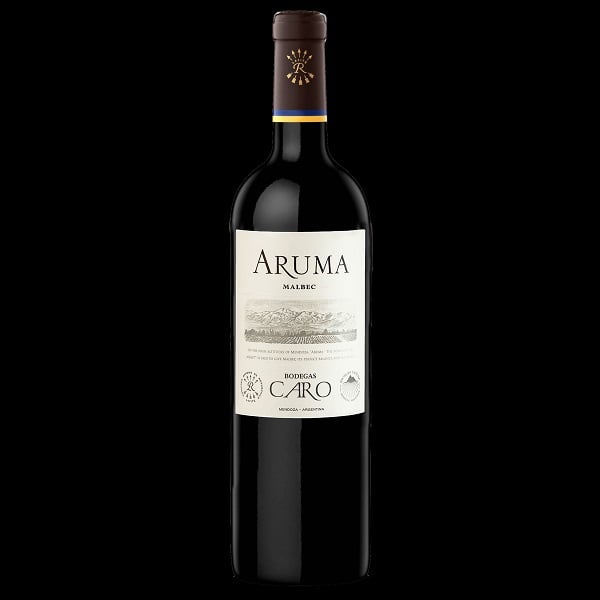
• Bodegas Caro Aruma (night: Indian indigenous language Mendoza) 2019. 100 percent Malbec from Valle de Uco (Altamira, El Peral and San José). Not wooded.
Name chosen as a symbol of the extremely dark and pure air of the mountains of the Andean nights. Fermentation in stainless steel vats and aging in cement vats which keep the wine at a constant temperature. The Malbec grape arrived in Argentina thanks to a French agronomist who noted the opportunity for the grape to grow successfully in the high altitude environment of Mendoza (1868).
The eye notes dark red raspberries while the nose finds blackberries, black pepper, plums, red fruits, a hint of spice (which is pleasant) and violet. Pleasant on the palate, this wine delivers cranberries, blueberries and some tannins. Think of it as an authentic Malbec taste experience. Open a few hours before the start of sips as it opens up and generously offers a delicious experience on the palate. Enjoy with a blue cheeseburger or barbecue chicken.
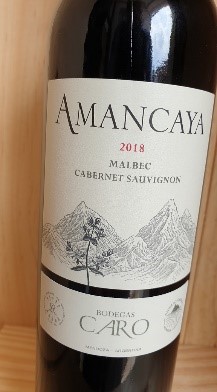
• Bodegas Caro Amancaya (Andean mountain flower) 2018. 70 percent Malbec, 30 percent Cabernet Sauvignon. The grapes are harvested from unique plots of old vines in Lujan de Cuyo and Altamira. In Lujan, the grapes are grown in alluvial layers of silt, rock and gravel; in Altamira, the vineyards are located 100 m above sea level on the old alluvial bed of the Tunuyan river. Placed to age in oak barrels (20 percent new) for 12 months creating very fine tannins. The barrels are made by Lafite Rothschild in France. The first vintage of this wine was 2003. This wine is considered to have an “Argentinian identity and Bordeaux style†(Lafite.com).
Visual appeal makes it a go-to wine if ruby ​​red is your color preference. On the nose, the wine presents cocoa, figs, red fruits and cinnamon and finally black fruits on the palate with oak in a supporting role. Hours of operation (or days) before drinking – the more air it receives, the better it offers taste and complexity. Delicious with barbecue, ribs, sausage or lamb chops
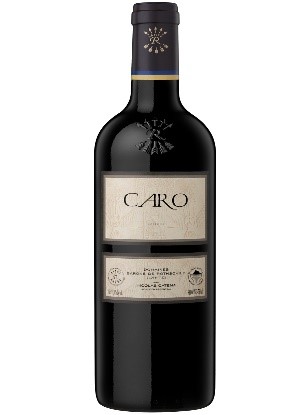
• Bodegas Caro 2017. 74 percent Malbec, 26 percent Cabernet Sauvignon. Aged for a minimum of 1.5 years in barrels, 80 percent new.
Stop! You must appreciate the beautiful dark purple color of this wine. Then let your nose do its job … searching for a blend of scents that evoke raspberry, black pepper, violet, clove and rich dark chocolate. Soft tannins caress the palate and blend deliciously with refreshing acidity. Your grilled steak will thank you for its new friend.
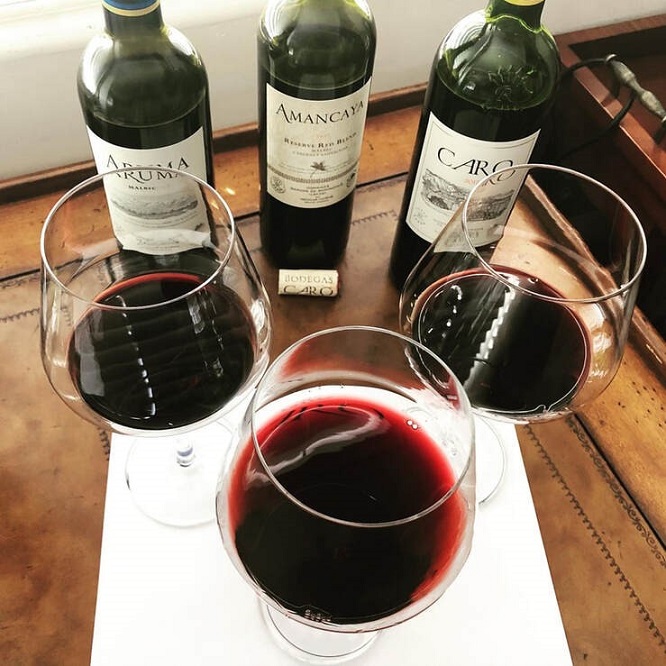
This wine has a limited production and does not grow every year. It is rare because it comes from a particular subdivision of soil. Mountains and rain are rare in Mendoza, so when it rains it is very heavy and the ground is not prepared to absorb all the water, creating rivers that flow into the Andes. Rivers in recent centuries have created alluvial cones that enter the river, and the cones have different soils, which makes soil knowledge important. Caro grapes grow in vineyards in unique spaces created by the subsoil. These grapes grow in calcareous soil, which is chalky, limestone rich in calcium. The wine is aged in barrels before bottling.
© Dr Elinor Garely. This copyright article, including photos, may not be reproduced without written permission from the author.
[ad_2]


